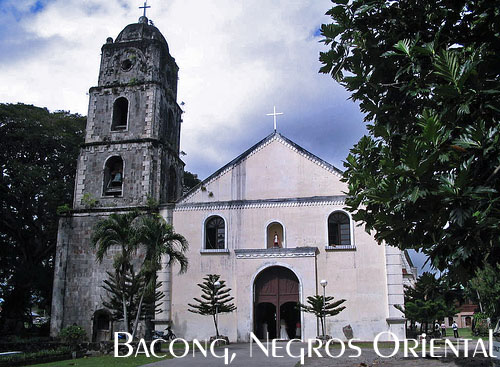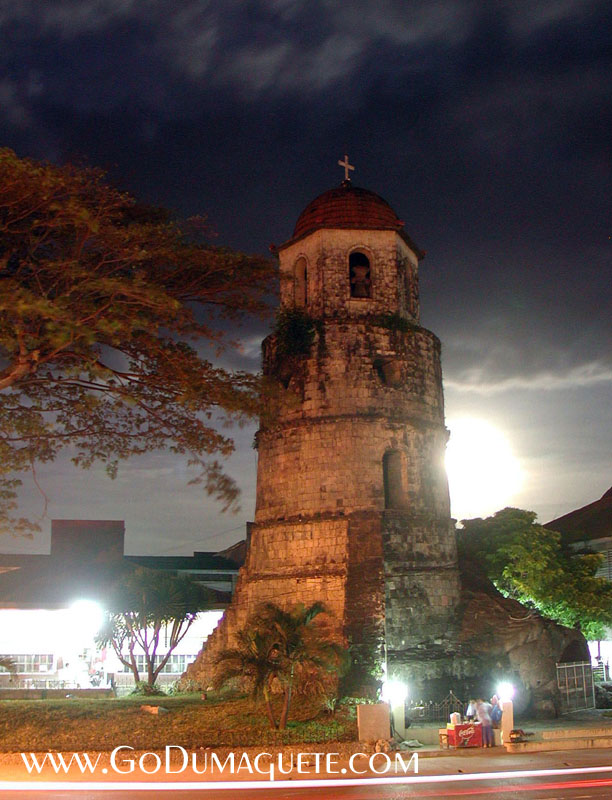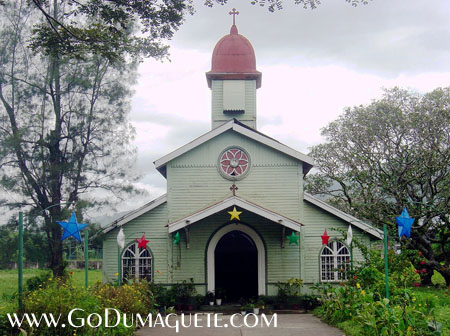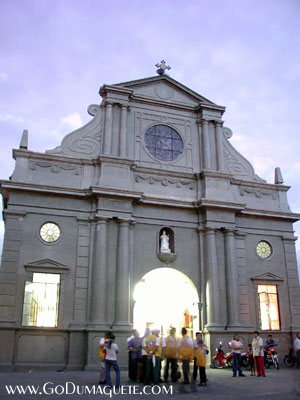

Take a virtual tour of all the religious attractions of Dumaguete City & Negros Oriental, relics of the Spanish colonial period in the Philippines!
Religious Attractions of Negros Oriental, Philippines
The Philippines is the only predominantly Catholic country in the whole of Asia, and Negros Oriental is home to many old churches erected during the Spanish occupation of the Philippines.
In many of the coastal towns, belfries were erected beside the churches and used at watch towers to warn inhabitants of impending attacks by priates.
Each town or city holds a fiesta on the feast day of their respective patron saints. The festivals have evolved into more than religious attractions as they get larger and parades and street dancing and other competitions are held on those occasions.
When touring Negros Oriental, be sure to drop by the local churches in the different areas as each one represents the history of the place.
WHY DO MOST OLD CHURCHES IN NEGROS ORIENTAL HAVE BELFRIES?
Negros history is rife with stories of Muslim marauders, due to the island's proximity to Mindanao.
Coastal towns, especially, were prime targets for seafaring bandits who would pillage a town -- and belfries played the role of watch towers.
Church bells would ring to warn the inhabitants to prepare for an impending attack.
During modern times, the belfries have become attractions and landmarks, popular subjects of photographs, with their bells rung in celebration instead.
Church of Saint Agustin of Hippo & Pipe Organ - Bacong
Built in 1866, Bacong Church is located by the sea. Featuring what is reputed to be the oldest existing main altar in the whole of Negros Oriental and its pipe organ from Zaragosa, Spain that was installed in 1894 through the efforts of the first parish priest, Rev. Joaquin Soriano. It feature's the tallest belfry in Negros Oriental and the oldest gold-leafed altar.
The Saint Agustin Church Complex is a restored convent and houses precious church artifacts and declared a National Cultural Treasure by the National Museum in 2001.
Church of Saint Catherine of Alexandria
The seat of Archdiocese of Dumaguete, it is also most commonly refered to as the Dumaguete Cathedral. Built in the early 1700's, it also doubled as a garrison due to rampant attacks of marauders from Mindanao.
"Campanerio," the Dumaguete Belfry - Dumaguete City
Erected in 1811 as the bell tower of the Cathedral of Saint Catherine of Alexandria and watchtower to forewarn townfolk of impending attacks by marauders, the Dumaguete Belfry was restored in 1985 and skirted with a garden ten years later.
Also known as the Cathedral Belfry, this landmark has become the city’s most photographed attractions, endowed with history and stories.
Our Lady of Lourdes Shrine - San Jose
Located in the sugar cane fields of Cambaluctot, where a spinning sun is said to have manifested the visit of the Lady of Lourdes, devotees flock every first Saturday of the month.
San Antonio de Padua Church - Sibulan
Devotees of Saint Anthony from all over Negros Oriental crowd in great numbers at the Sibulan Church to light candles for the patron saint every 13th of each month especially during his feastday, transforming the church grounds and the plaza fronting it into a bustling festive gathering.
A fluvial procession is also held annually on his feast day, June 13.
RELATED ARTICLES:



The Negros Oriental country side is dotted with quaint little chapels like the one above, which can be found in Tanjay, right before the Central Azucarera de Bais.

Santa Catalina de Alejandria is the Spanish name of the patron saint to whom the Dumaguete Cathedral was dedicated. Like most Philippine churches, it is located right across the "town plaza," which is Quezon Park.
Copyright © 2009. All Rights Reserved. Go Dumaguete! Your Gateway to Negros Oriental, Philippines
 | ||||
 | ||||
 | ||||
 | ||||
